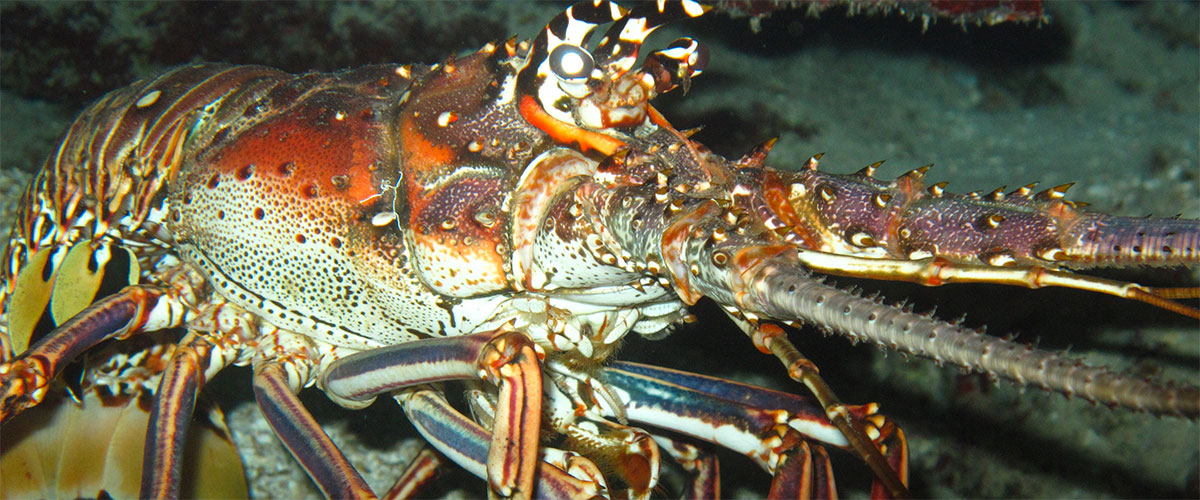Recreational Spiny Lobster Survey

The Florida Wildlife Research Institute (FWRI) and its predecessor, the Florida Marine Research Institute (FMRI) has conducted a recreational lobster survey for more than 10 years. The primary purpose of the survey is to develop estimates of recreational catch in an effort to support the management of spiny lobsters.
Background
In 1992, FMRI included a socioeconomic component to the survey, which gathered information on spending by recreational spiny lobster fishermen and information on their willingness to pay for increases in catch rates. In 2001, NOAA's National Ocean Service, Special Projects Office (SPO) joined with FMRI to replicate the 1992 study. SPO entered a contract with The Nature Conservancy (TNC) to provide a local group of volunteers to assist with mailing and data entry for the survey.
Surveys
The recreational lobster fishery in Florida has two seasons, a two-day season in August and the regular season, which runs from September to March. Past surveys show there is very little effort and catch past the Labor Day weekend. As in the past, two separate surveys were conducted in 2001, the two-day season survey and the regular season survey. Approximately 5,000 holders of recreational saltwater fishing licenses were randomly sampled for each survey.
Status
The two-day season survey was completed. Some 4,809 potential respondents were selected from the saltwater fishing license file and mailed surveys. Since 466 were returned as undeliverable, the net sample was 4,343. Of these, 1,976 completed questionnaires were received (45 percent response rate). Some 5,191 regular season survey respondents were selected from the saltwater fishing license file and mailed surveys. Since 523 were returned as undeliverable, the net sample was 4668. Of these, 1,904 completed questionnaires were received (41 percent response rate). The Florida marine Research Institute (FMRI) has completed estimation of catch and effort. We completed our analysis of the economic impact on Monroe County and developed a one-page fact sheet. Results from these two efforts are published in the New Zealand Journal of Marine and Freshwater Research, 2005, Vol. 39: 733-747.
In September 2003, NOAA entered a contract with Dr. Walter S. Milon at the University of Central Florida to analyze data on the economic value of bag limit changes. Dr. Milon designed the questions on bag limit changes in both the 1992 and 2001 surveys. Results of the analysis are summarized in a fact sheet, and executive summary and detailed reports submitted to NOAA.

